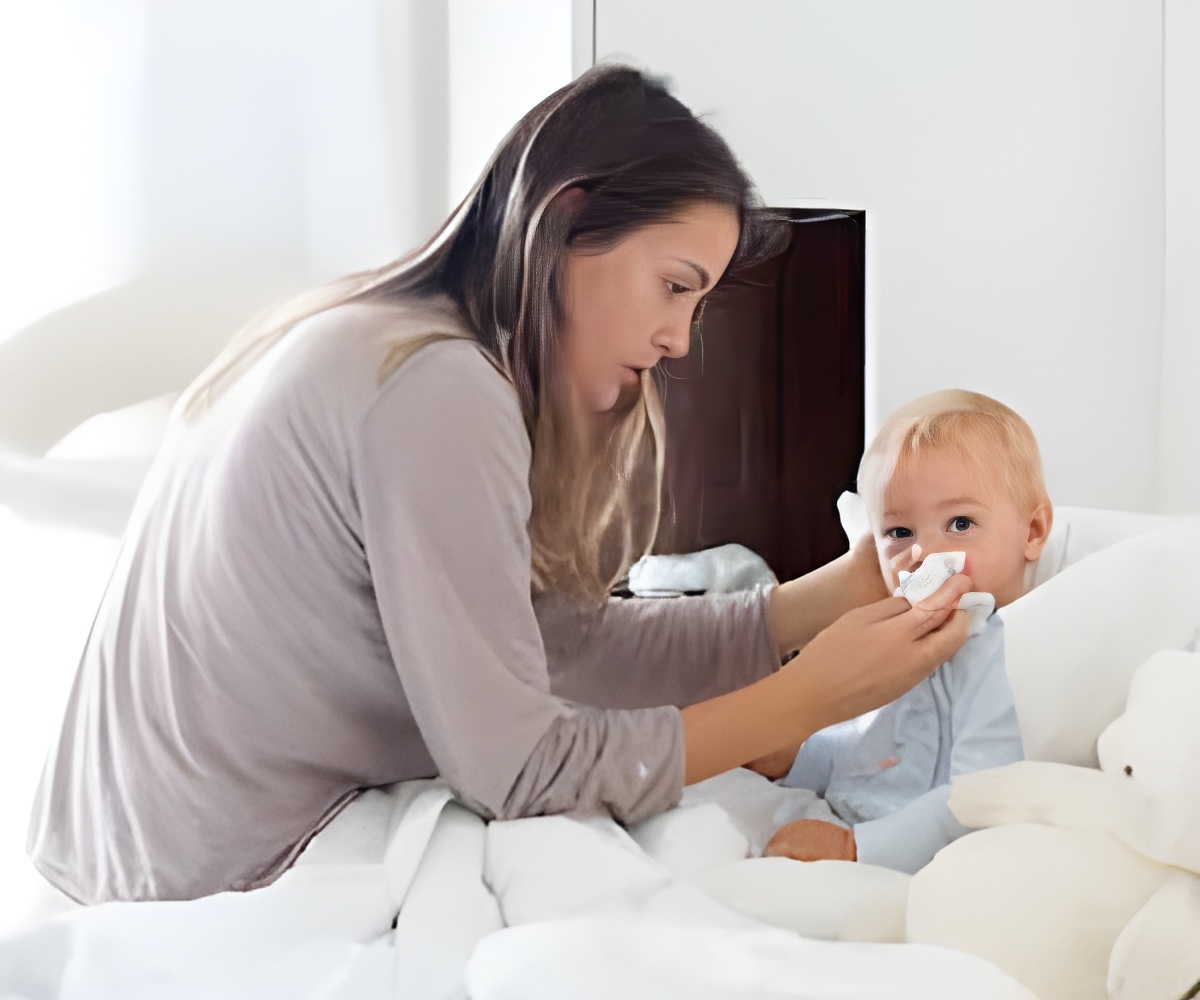A new study finds many children may be at heightened risk for fire and scald burns by virtue of living in substandard housing.

"The effect of substandard housing on children's risk of diseases such as asthma is well-known, however little was known about how it affects injury risk," said lead study author Andrea Gielen, ScD, ScM, director of the Johns Hopkins Center for Injury Research and Policy, part of the Johns Hopkins Bloomberg School of Public Health. "The results of this study clearly demonstrate that substandard housing is also related to home injury risks. Even more disturbing is the finding that virtually all of the children in our urban sample were living in substandard housing."
Injury is the leading cause of death for young people in the U.S, and is responsible for more than180,000 deaths in the U.S. annually. Deaths from fires and burns are the third leading cause of fatal home injury. Smoke alarms and lower water temperatures effectively reduce the risk of burns, but living in substandard housing appears to be a barrier to having these protective measures in place.
Researchers used the U.S. Department of Housing and Urban Development's (HUD's) Housing Quality Standards assessment to complete the in-home observations. The tool contains a 46item home safety checklist for 6 categories: kitchens and bathrooms; electrical wiring; heating and cooling; walls, ceilings, and floors; sanitation and safety; and outside the home. Consistent with HUD requirements, the entire unit is deemed to be of substandard quality unless it is in compliance with all safety-checklist items. Data collectors also located and tested smoke alarms and the temperature of the hot water.
Ninety-nine percent of the homes in the sample failed the housing quality assessment, with the most common safety violation being problems with the walls, ceilings and floors. For every increase of 1 in the number of housing quality items passed, the odds of having a working smoke alarm increased by 10 percent; the odds of having one on every level in the home increased by 18 percent, and the odds of having safe hot water temperatures increased by 8 percent. Almost one in five homes in the study didn't have a working smoke alarm, and more than one in three had unsafe hot water temperatures.
Over one-third (37%) home fire deaths occur in homes without smoke alarms. Experts recommend that alarms be installed on every floor of the home, including the basement, and near all sleeping rooms. To prevent scald burns, water heater thermostats should be set to deliver water at a temperature no higher than 120 degrees Fahrenheit.
Advertisement
"The complexity of the relationship between housing quality and safety behaviors underscores the need for stronger collaboration between housing, health care, and injury prevention professionals," concluded Gielen. "By maximizing the policy opportunities available to improve home safety, we can reduce injuries and save lives."
Advertisement











